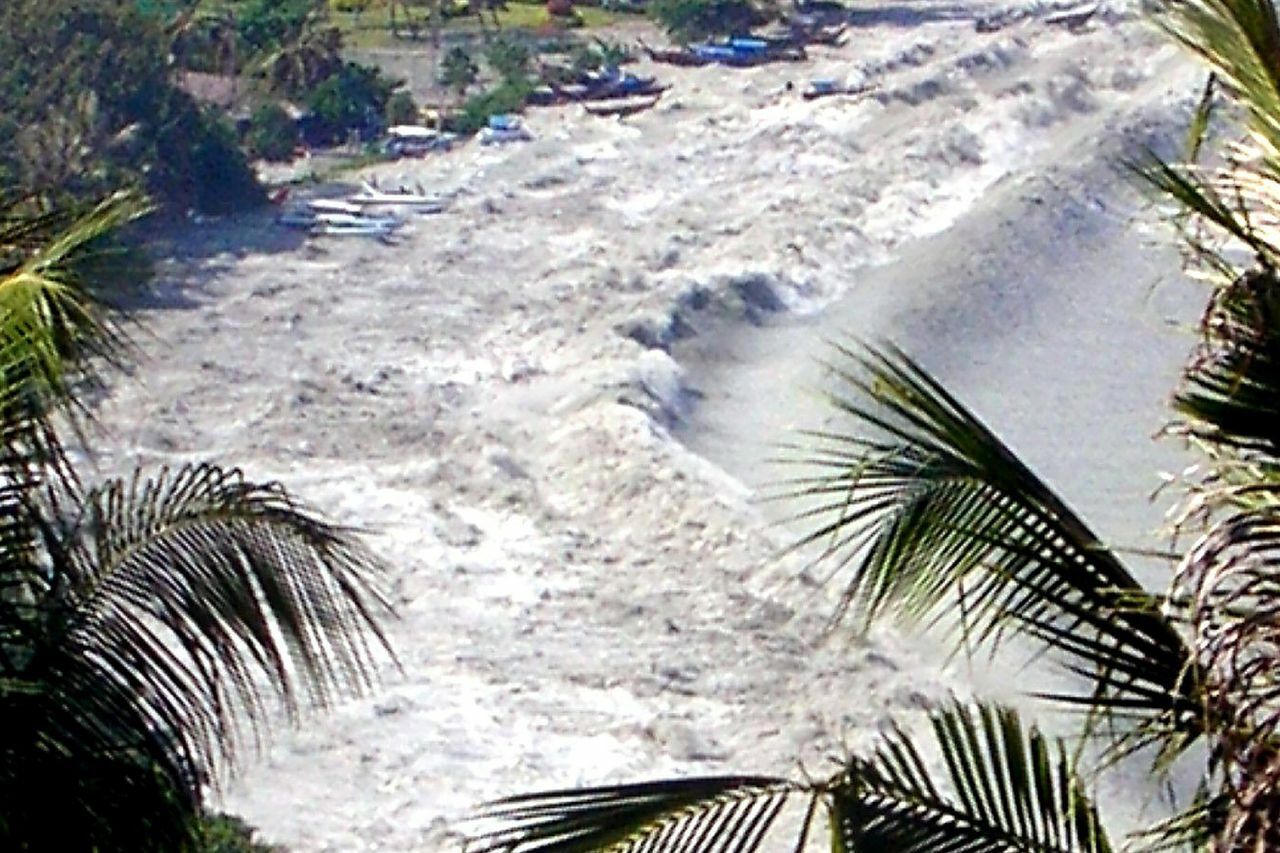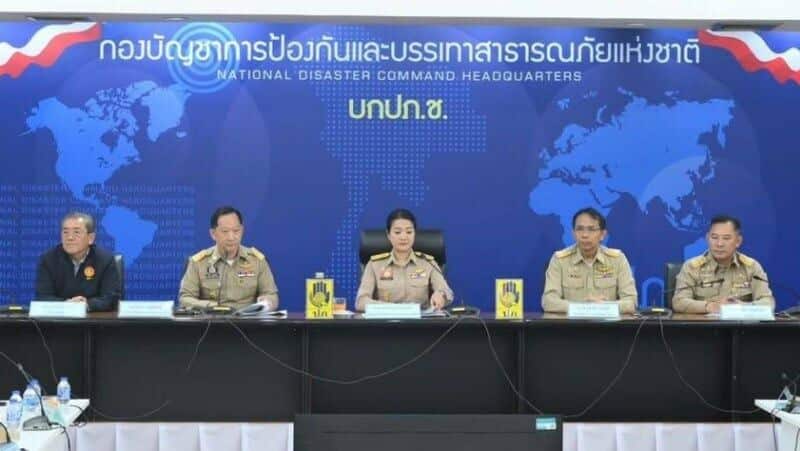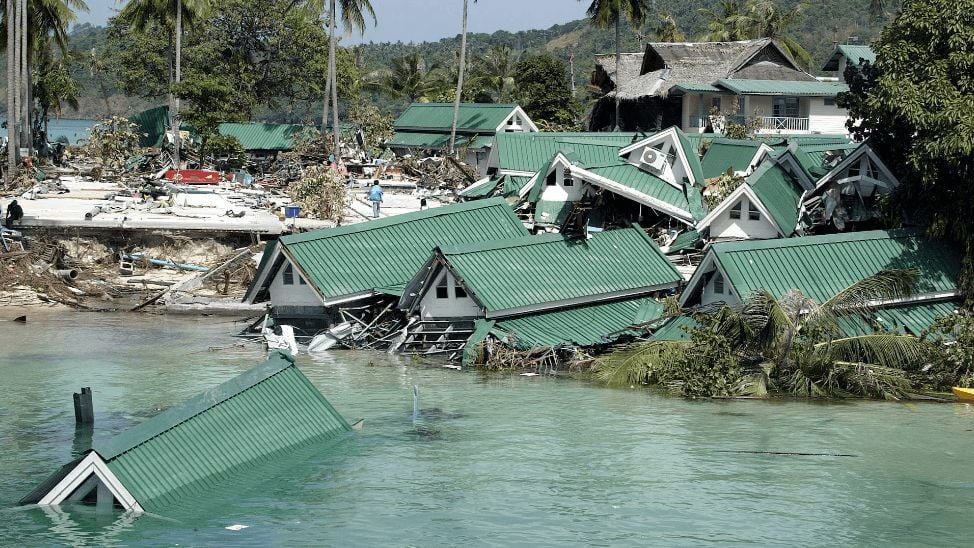

Thailand urged the public to “stay aware, not scared” after a spate of offshore earthquakes sent social media into meltdown and raised awkward questions about tsunami preparedness in Phuket and along Thailand’s Andaman coast.
The call for calm came during a high-level emergency briefing chaired by Deputy Interior Minister Thirat Rattanawanich yesterday, Monday, July 7, as Phuket officials joined a nationwide video conference to discuss readiness in the face of mounting seismic jitters.
The online summit, hosted by the Department of Disaster Prevention and Mitigation (DDPM), followed two underwater quakes off northern Sumatra over the weekend, the strongest hitting 5.4 magnitude at a depth of 10 kilometres.
While experts insisted the tremors pose no threat to Thailand, the public wasn’t quite so convinced, especially with memories of the 2004 Boxing Day tsunami still fresh in the minds of many coastal communities.
Seismologists from the Thai Meteorological Department (TMD) were quick to pour cold water on the online hysteria, explaining that tsunami-triggering quakes typically clock in at magnitude 7.5 or higher and require vertical crust movement.
“These recent tremors didn’t meet the criteria,” said Burin Wechabun, a leading expert in tsunami monitoring.

TMD Deputy Director-General Nattawut Dandee added that the “earthquake swarm” currently active in the Nicobar Islands and near Japan is being closely watched, but poses no immediate danger.
Meanwhile, the Department of Mineral Resources chimed in with some geological reassurance, noting that Thailand’s fault lines, particularly in the Andaman and Gulf regions, are mostly parallel and show no signs of shifting in ways that could spark a tidal wave.
In Phuket, Vice Governor Adul Chuthong chaired a local response meeting at Provincial Hall alongside DDPM Phuket boss Wichit Sutthaso. The message? Stay sharp, but don’t panic.
“We must have strong monitoring systems, regular drills, and teamwork between agencies,” said DDPM Director-General Phasakorn Boonnalak, calling for more boots-on-the-ground readiness across disaster-prone provinces.
Assoc. Prof. Seri Supratid from the National Disaster Warning Centre also pushed for beefed-up local alert systems, with better infrastructure, smarter training, and deeper ties with civil society to build true grassroots resilience.
“No one wants disasters to happen, but preparedness is key to reducing losses,” Deputy Minister Thirat reminded officials in her closing remarks. “Be aware, don’t panic.”

But not everyone’s convinced the country’s warning systems are up to scratch, Phuket News reported.
Conspicuously absent from yesterday’s official report was any mention of Phuket’s tsunami warning towers, some of which were reported back in April to be under repair, or missing altogether.
That omission comes just days after the island hosted a major six-province tsunami drill meant to showcase Thailand’s disaster readiness. But locals say it’s hard to take comfort in simulated sirens when the real kit is either faulty or flat-out missing.
“It’s good they’re holding drills,” said one long-time expat in Rawai. “But if the towers don’t work when it matters, we’re all buggered.”
The recent tremors off Sumatra sent shockwaves through social media, with posts warning of an impending tsunami gaining traction faster than officials could respond.
Last Thursday, the PR Department in Phuket shared a TMD seismic activity map showing the cluster of offshore quakes, further fuelling speculation of something brewing under the sea.
For now, the experts are adamant: there’s no need to bolt for higher ground. But as tremors continue to rumble beneath the region, and the gap between online fear and official reassurance widens, the public may need more than PowerPoints and platitudes to feel truly safe.
The story Tsunami fears rattle Phuket as officials urge calm as seen on Thaiger News.
